Home>Articles>How Much Water To Use In Electric Pressure Cooker To Cook Chicken Legs
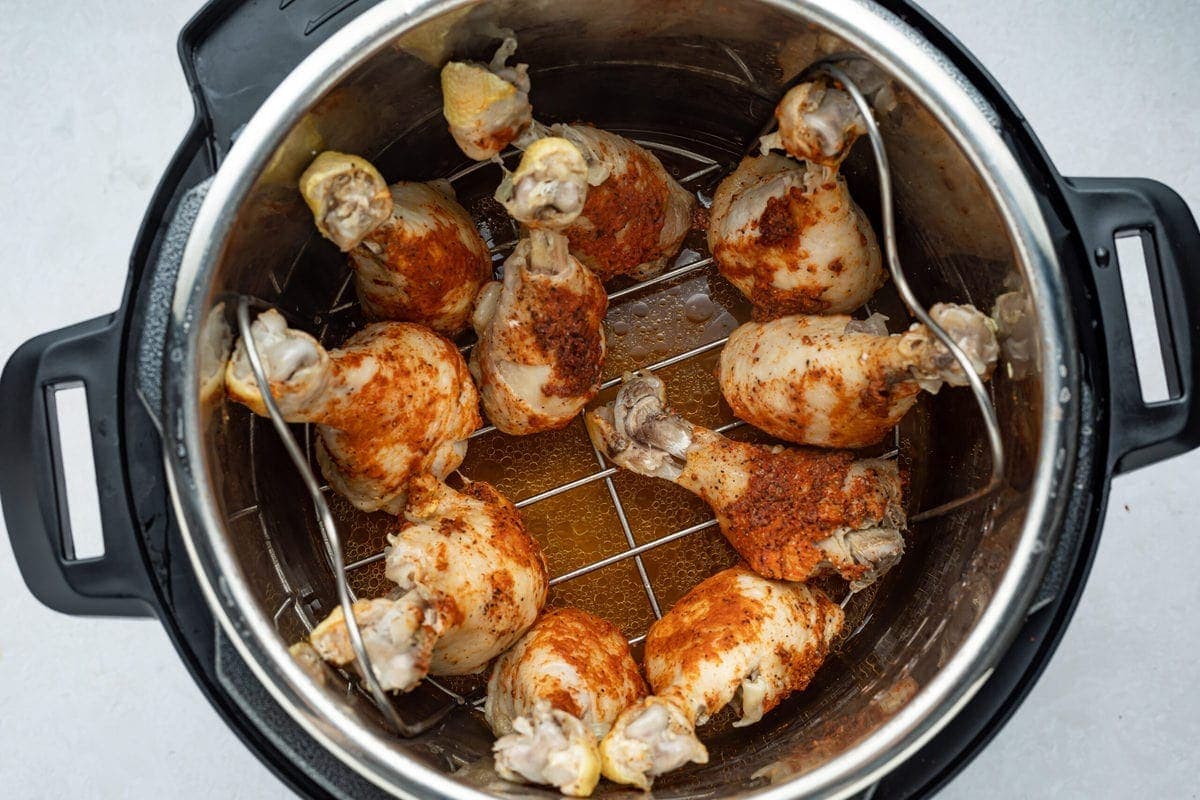

Articles
How Much Water To Use In Electric Pressure Cooker To Cook Chicken Legs
Modified: January 18, 2024
Discover articles on how to cook chicken legs in an electric pressure cooker, including the perfect amount of water to use for delicious results.
(Many of the links in this article redirect to a specific reviewed product. Your purchase of these products through affiliate links helps to generate commission for Storables.com, at no extra cost. Learn more)
Introduction
When it comes to cooking chicken legs, using an electric pressure cooker can be a game-changer. This modern kitchen appliance not only saves time and energy but also helps retain the flavor and juiciness of the meat. However, to ensure that your chicken legs are cooked to perfection, it’s important to understand how much water to use in your electric pressure cooker.
The water content plays a vital role in the cooking process as it creates steam, which in turn helps to cook the chicken legs quickly and evenly. Additionally, the right amount of water prevents the meat from drying out and ensures that it remains tender and moist.
In this article, we will explore the benefits of cooking chicken legs in an electric pressure cooker and provide insights into the ideal water requirements for this cooking method. We will also discuss the factors to consider when determining the water quantity and share some helpful tips to achieve deliciously cooked chicken legs.
Key Takeaways:
- Cooking chicken legs in an electric pressure cooker saves time, retains nutrients, and produces tender, juicy meat. Understanding water requirements and following tips can elevate your chicken leg game for delicious results.
- Consider factors like recipe requirements, pressure cooker size, and desired texture when determining water quantity for cooking chicken legs. Experiment with flavors and techniques to create your own signature dishes.
Benefits of cooking chicken legs in an electric pressure cooker
Cooking chicken legs in an electric pressure cooker offers several advantages that make it a popular choice for many home cooks. Here are some of the key benefits:
- Time-saving: One of the most significant advantages of using an electric pressure cooker is its ability to cook chicken legs in a fraction of the time compared to traditional cooking methods. The pressurized environment inside the cooker speeds up the cooking process, reducing the overall cooking time by up to 70%. This is perfect for busy individuals who want to enjoy a delicious meal without spending hours in the kitchen.
- Tender and juicy meat: The high-pressure environment in an electric pressure cooker helps break down the connective tissues in the chicken legs, resulting in tender and juicy meat. This method of cooking locks in the flavors and moisture, ensuring that every bite is full of succulence. Say goodbye to dry and tough chicken legs.
- Retains nutrients: Unlike traditional cooking methods that involve boiling or simmering, which can cause the loss of essential nutrients, the sealed environment of an electric pressure cooker helps retain the vitamins and minerals present in the chicken legs. This means you can enjoy a nutrient-packed meal without compromising on taste or texture.
- Energy-efficient: Electric pressure cookers are designed to be energy-efficient, using significantly less energy than conventional ovens or stovetop cooking. This not only helps reduce your carbon footprint but also saves you money on your energy bills.
- Versatility: In addition to cooking chicken legs, an electric pressure cooker can be used to prepare a wide variety of dishes. From soups and stews to rice and even desserts, this appliance can handle it all. Investing in an electric pressure cooker means expanding your culinary horizons and trying out new recipes with ease.
With these benefits in mind, it’s clear why using an electric pressure cooker to cook chicken legs is a popular choice for home cooks. Not only does it save time and energy, but it also produces consistently delicious results that will leave you wanting more.
Understanding the water requirements for electric pressure cookers
When using an electric pressure cooker to cook chicken legs, it is crucial to understand the water requirements to ensure successful and flavorful results. The water plays a pivotal role in creating steam and building pressure inside the cooker, which facilitates the cooking process. Here’s what you need to know:
Steam generation: The primary function of water in an electric pressure cooker is to generate steam. As the water heats up, it creates steam that builds pressure within the cooker. The pressurized environment allows the food, in this case, the chicken legs, to cook quickly and evenly.
Minimum liquid requirement: Electric pressure cookers typically have a minimum liquid requirement to ensure safe and efficient cooking. This requirement is usually around 1 to 1.5 cups of liquid. It is important to check the specific guidelines provided by the manufacturer of your electric pressure cooker.
Avoid overfilling: While it may be tempting to add more water to the cooker, it is essential to avoid overfilling. Overfilling the cooker can lead to excessive steam generation, which could result in potential safety issues. It is recommended to follow the guidelines and recommendations provided by the manufacturer regarding the maximum fill line and water quantity.
Consider the ingredients: In addition to the chicken legs, consider the other ingredients you will be using in the recipe. Some ingredients, such as vegetables or sauces, release their own liquids while cooking. Taking these additional liquids into account can help determine the right amount of water needed for the overall dish.
Account for evaporation: Keep in mind that during the cooking process, some water will naturally evaporate. This evaporation can vary depending on the cooking time, temperature, and the size and shape of the pressure cooker. It is generally recommended to add a bit more liquid than the minimum requirement to account for this evaporation.
Understanding the water requirements for electric pressure cookers is crucial for achieving perfect results. By following the guidelines provided by the manufacturer, considering the ingredients, and accounting for evaporation, you can use the right amount of water to ensure a successful cooking experience.
Factors to consider when determining water quantity
When determining the water quantity for cooking chicken legs in an electric pressure cooker, there are several factors to take into consideration. These factors can influence the amount of water needed to ensure optimal cooking results. Here are the key factors to consider:
Recipe requirements: Different recipes may have specific water requirements based on the desired outcome. Some recipes may call for more liquid to create a sauce or gravy, while others may require less liquid for a drier finish. It is important to carefully read and follow the instructions provided in the recipe to determine the right amount of water needed.
Size of the pressure cooker: The size of your electric pressure cooker can impact the water quantity. Larger pressure cookers may require slightly more water to generate enough steam and maintain the necessary pressure. Conversely, smaller pressure cookers may require less water. Always refer to the manufacturer’s guidelines regarding water quantity for your specific pressure cooker size.
Cooking time: The cooking time plays a role in determining the water quantity. Longer cooking times may require slightly more water to compensate for evaporation and ensure that there is enough liquid for the chicken legs to cook through. Conversely, shorter cooking times may require less water. It’s important to take into account the cooking time and adjust the water quantity accordingly.
Desired texture: The desired texture of the cooked chicken legs can also influence the water quantity. If you prefer a more tender and fall-off-the-bone texture, slightly more water may be needed to cook the chicken legs for a longer time. If you prefer a firmer texture, slightly less water may be sufficient. Consider your personal preferences and adjust the water quantity accordingly.
Altitude: Altitude can affect the cooking process in an electric pressure cooker. At higher altitudes, water boils at a lower temperature, which can lead to longer cooking times. If you are cooking at a high altitude, you may need to slightly increase the water quantity to compensate for the longer cooking time. Always refer to altitude cooking guidelines if you live in a high-altitude area.
By considering these factors, you can determine the appropriate water quantity for cooking chicken legs in your electric pressure cooker. It’s important to be mindful of the recipe requirements, pressure cooker size, cooking time, desired texture, and altitude to achieve delicious and perfectly cooked chicken legs.
Use 1 cup of water for a 6-quart electric pressure cooker and 1.5 cups for an 8-quart cooker when cooking chicken legs. This will provide enough steam to cook the chicken thoroughly.
Recommended amount of water for cooking chicken legs in an electric pressure cooker
When it comes to cooking chicken legs in an electric pressure cooker, the recommended amount of water will depend on several factors, such as the recipe, pressure cooker size, cooking time, and desired texture. While there isn’t a one-size-fits-all answer, here are some general guidelines to help you determine the right amount of water:
Minimum liquid requirement: Most electric pressure cookers have a minimum liquid requirement to ensure safe and efficient operation. This requirement is usually around 1 to 1.5 cups of liquid. It’s important to check the specific guidelines provided by the manufacturer of your electric pressure cooker to determine the minimum liquid requirement.
Consider the recipe: Different recipes may have specific water requirements based on the desired outcome. Some recipes may call for more liquid to create a flavorful sauce or gravy, while others may require less liquid for a drier finish. Follow the instructions provided in the recipe to determine the recommended amount of water needed for the specific dish.
Adjust for cooking time: The cooking time can influence the amount of water needed. Longer cooking times may require slightly more water to compensate for evaporation and ensure that there is enough liquid for the chicken legs to cook through. Conversely, shorter cooking times may require less water. Consider the cooking time and adjust the water quantity accordingly.
Balance the texture: The desired texture of the cooked chicken legs can also guide the amount of water needed. If you prefer a more tender and fall-off-the-bone texture, slightly more water may be required to cook the chicken legs for a longer time. If you prefer a firmer texture, slightly less water may be sufficient. Consider your personal preferences and adjust the water quantity accordingly.
Take into account altitude: Altitude can affect the cooking process in an electric pressure cooker. At higher altitudes, water boils at a lower temperature, which can lead to longer cooking times. If you are cooking at a high altitude, you may need to slightly increase the water quantity to compensate for the longer cooking time. Always refer to altitude cooking guidelines if you live in a high-altitude area.
It’s important to note that these are general recommendations, and you should always refer to the specific guidelines provided by the manufacturer of your electric pressure cooker and the recipe you are using. Following these guidelines and adjusting the water quantity based on the factors mentioned above will help ensure that your chicken legs are cooked to perfection in your electric pressure cooker.
Tips for cooking chicken legs in an electric pressure cooker
Cooking chicken legs in an electric pressure cooker can result in tender, juicy, and flavorful meat. To make the most out of your cooking experience, here are some helpful tips to keep in mind:
- Season the chicken legs: Before cooking, season the chicken legs with your favorite spices and herbs for added flavor. This will infuse the meat with delicious tastes that will further enhance the final dish.
- Sear the chicken legs: For extra flavor and to achieve a golden brown crispy skin, consider searing the chicken legs in a hot skillet before placing them in the electric pressure cooker. This step adds a layer of depth to the overall taste and appearance of the dish.
- Use the trivet: To prevent the chicken legs from sticking to the bottom of the pressure cooker, place a trivet or a steamer basket at the bottom. This will elevate the chicken legs and allow for even cooking while preventing them from becoming soggy in the liquid.
- Adjust the cooking time: The cooking time for chicken legs in an electric pressure cooker can vary depending on the size of the legs and personal preference. As a general guideline, cook the chicken legs on high pressure for around 8-10 minutes. Adjust the time slightly based on factors such as the size of the legs and desired level of tenderness.
- Add additional flavors: Enhance the flavor of your chicken legs by adding aromatic ingredients such as onions, garlic, citrus zest, or herbs to the cooking liquid. This will infuse the meat with delicious fragrances that will tantalize your taste buds.
- Natural release: After the cooking time is complete, allow for a natural release of pressure. This means letting the pressure release naturally instead of using the quick release method. Natural release helps the chicken legs retain their juices and ensures a more tender and succulent end result.
- Crisp up the skin: If you prefer crispy chicken skin, place the cooked chicken legs on a baking sheet and broil them in the oven for a few minutes. This will give the skin a delightful crunch and add an extra layer of texture to your dish.
- Let it rest: Allow the cooked chicken legs to rest for a few minutes before serving. This allows the juices to redistribute throughout the meat, resulting in a more flavorful and tender bite.
By following these tips, you can elevate your chicken leg cooking game and create delicious meals in your electric pressure cooker. Experiment with different flavors and techniques to find your own unique twist on this classic dish.
Conclusion
Using an electric pressure cooker to cook chicken legs is a convenient and efficient way to enjoy flavorful and tender meat. Understanding the water requirements for this cooking method is essential to achieve optimal results. By following the recommended guidelines, considering factors such as recipe requirements, pressure cooker size, cooking time, desired texture, and altitude, you can determine the right amount of water for your chicken legs.
The benefits of cooking chicken legs in an electric pressure cooker are numerous, including time savings, tender and juicy meat, retention of nutrients, energy efficiency, and versatility in cooking various dishes. With the proper amount of water and carefully chosen ingredients, you can create mouthwatering chicken leg recipes that will impress your family and friends.
Remember to season the chicken legs, consider searing them for added flavor and texture, and utilize the trivet to prevent sticking. Adjust the cooking time based on the size of the legs and personal preference, and add additional flavors to enhance the taste. Allowing for a natural release of pressure and a resting period will further improve the tenderness and juiciness of the meat. If desired, you can also crisp up the chicken skin under the broiler.
By incorporating these tips into your cooking routine, you’ll be well on your way to mastering the art of cooking chicken legs in an electric pressure cooker. Whether you’re making a weeknight dinner or hosting a special gathering, this cooking method will consistently deliver delicious results.
So, go ahead and experiment with different recipes, flavors, and techniques to create your own signature chicken leg dishes. With the right amount of water and a touch of creativity, your electric pressure cooker will become your go-to appliance for cooking perfectly cooked and delectable chicken legs.
Frequently Asked Questions about How Much Water To Use In Electric Pressure Cooker To Cook Chicken Legs
Was this page helpful?
At Storables.com, we guarantee accurate and reliable information. Our content, validated by Expert Board Contributors, is crafted following stringent Editorial Policies. We're committed to providing you with well-researched, expert-backed insights for all your informational needs.
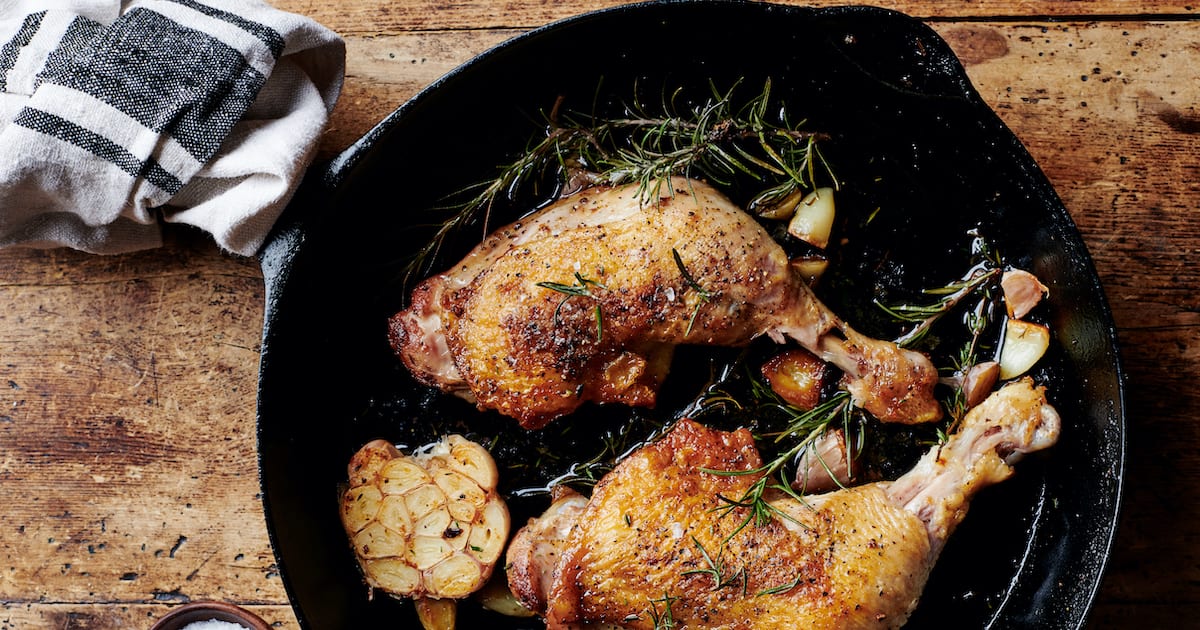
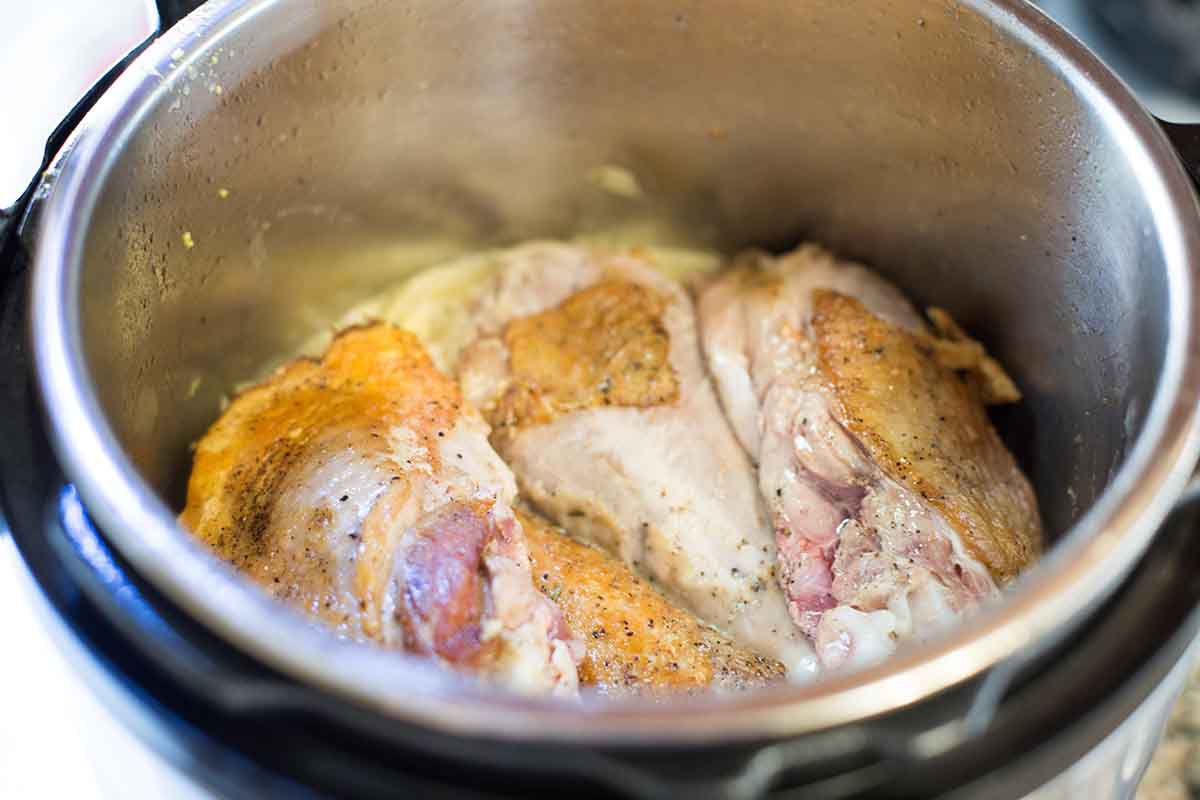
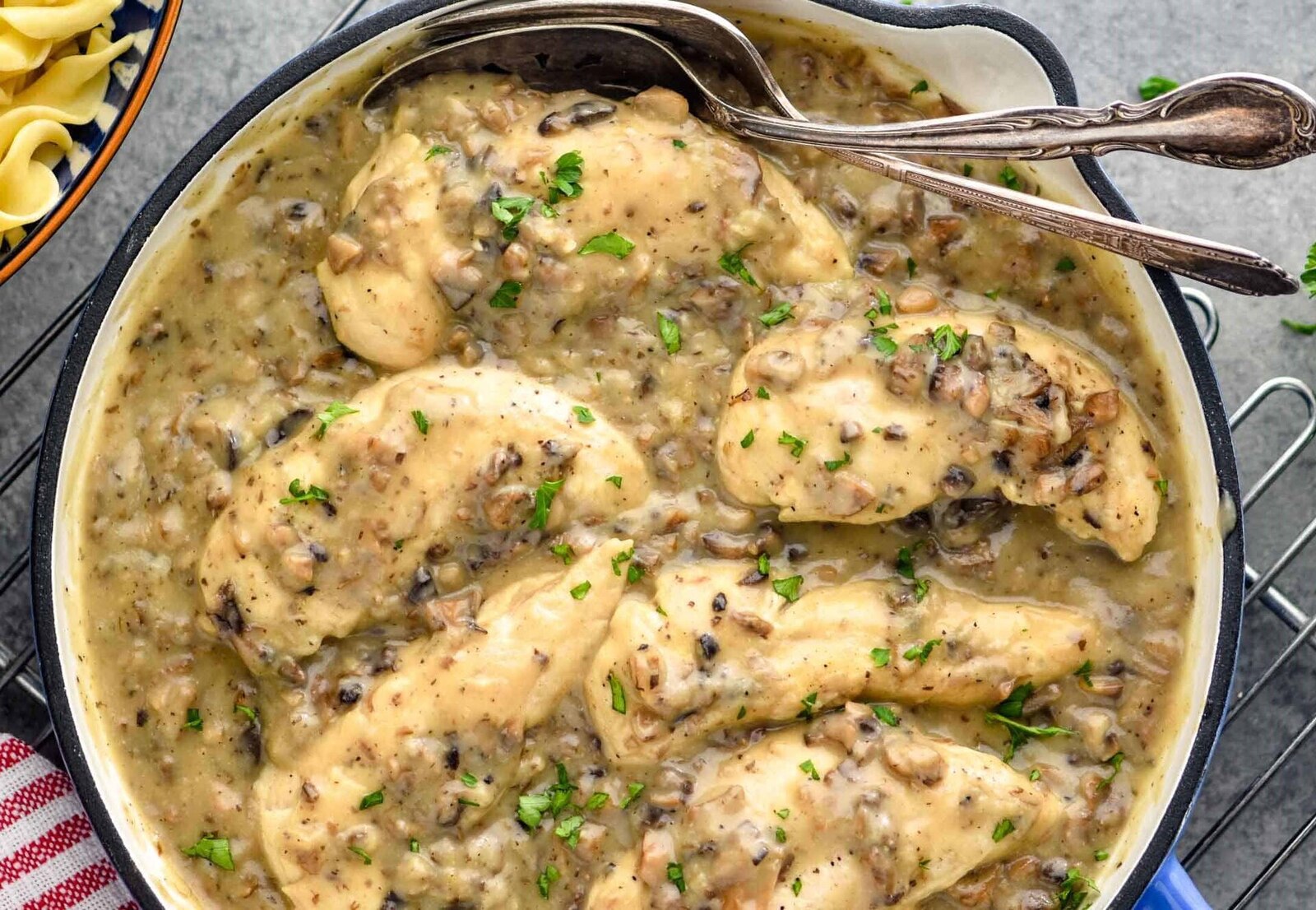
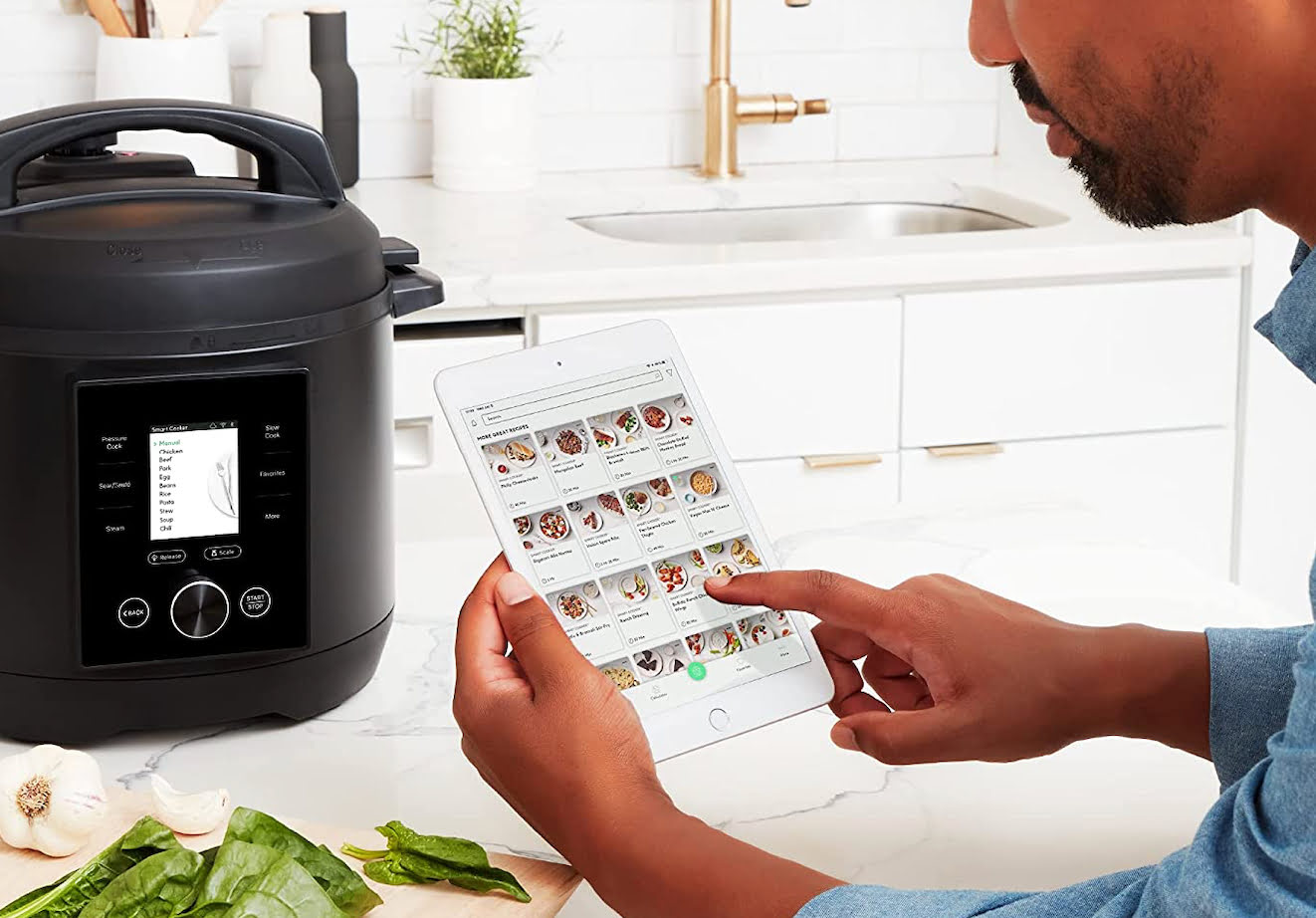
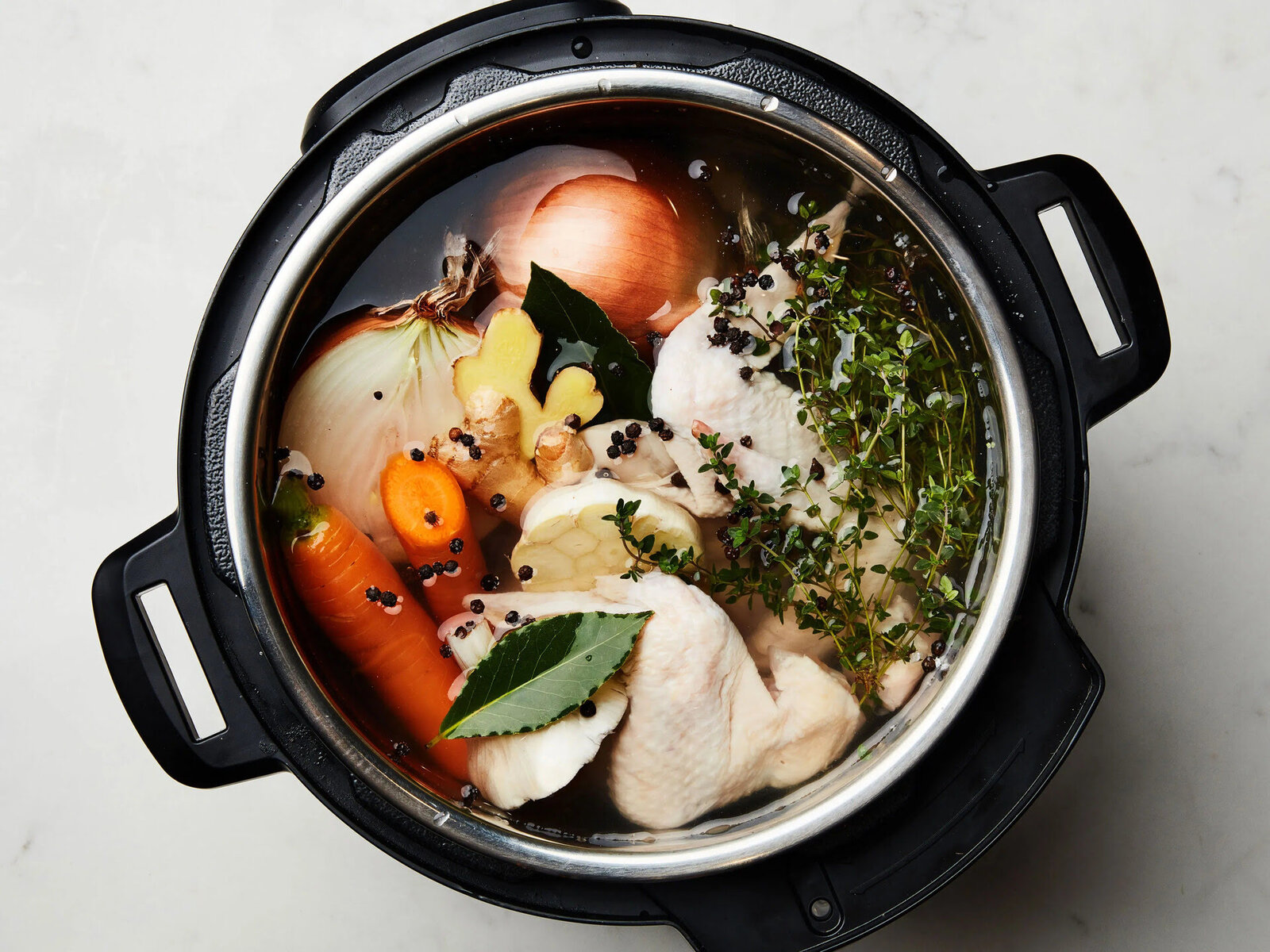
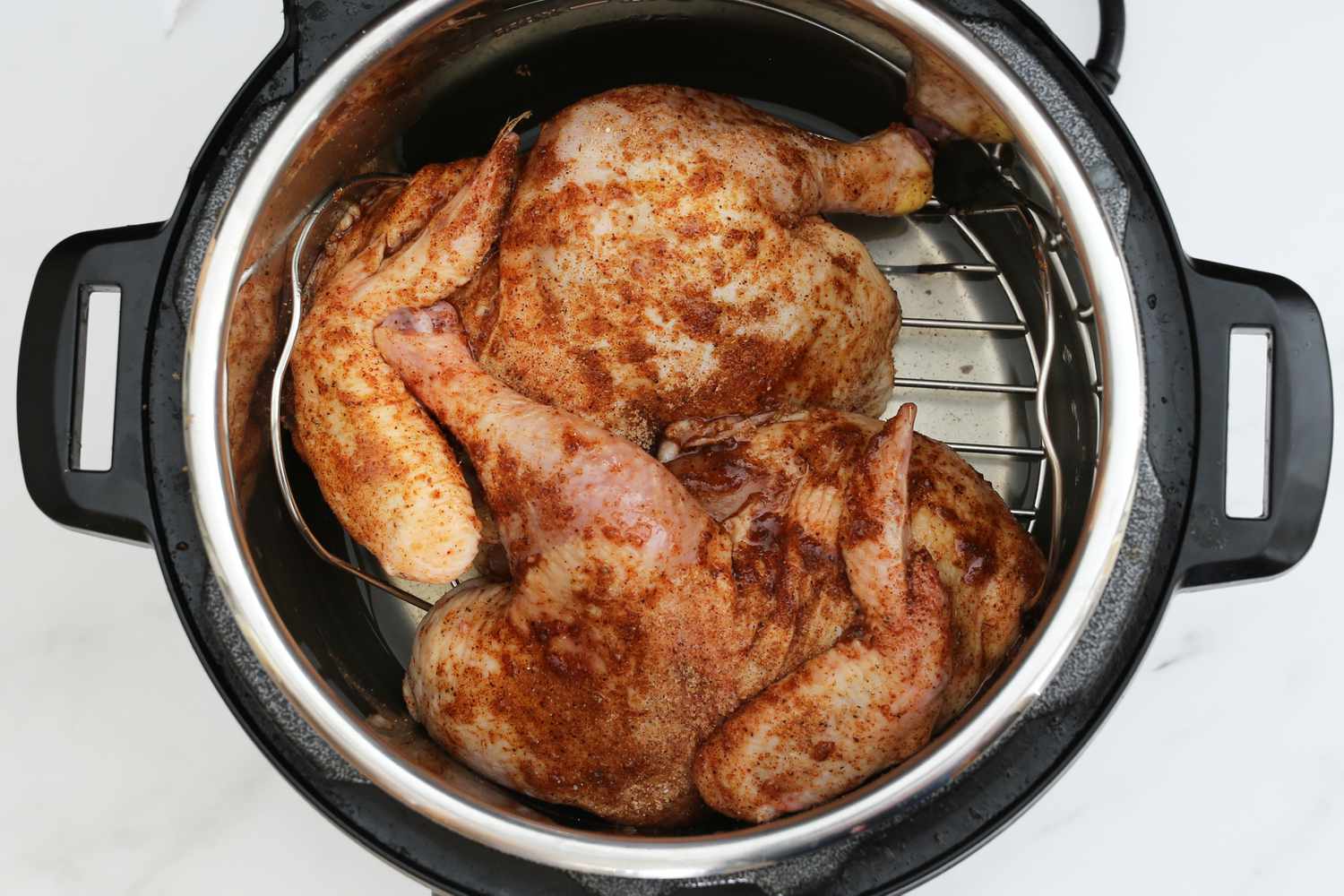
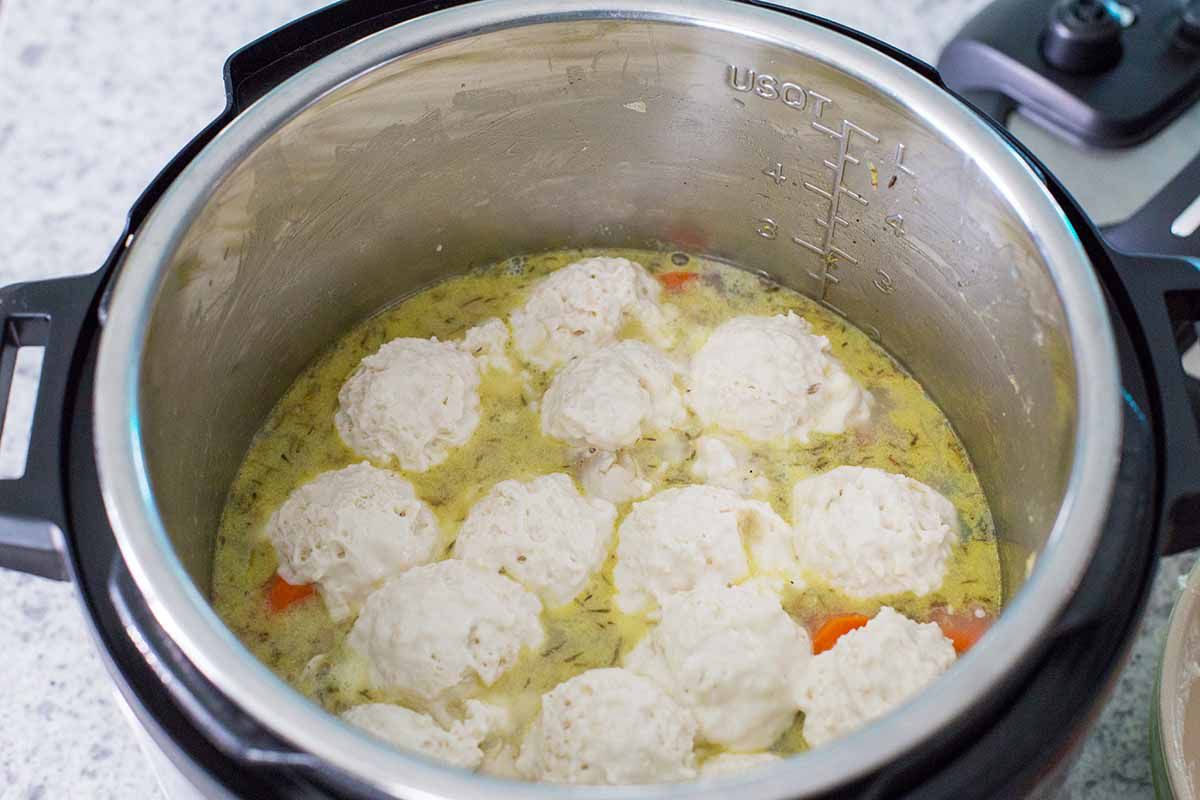
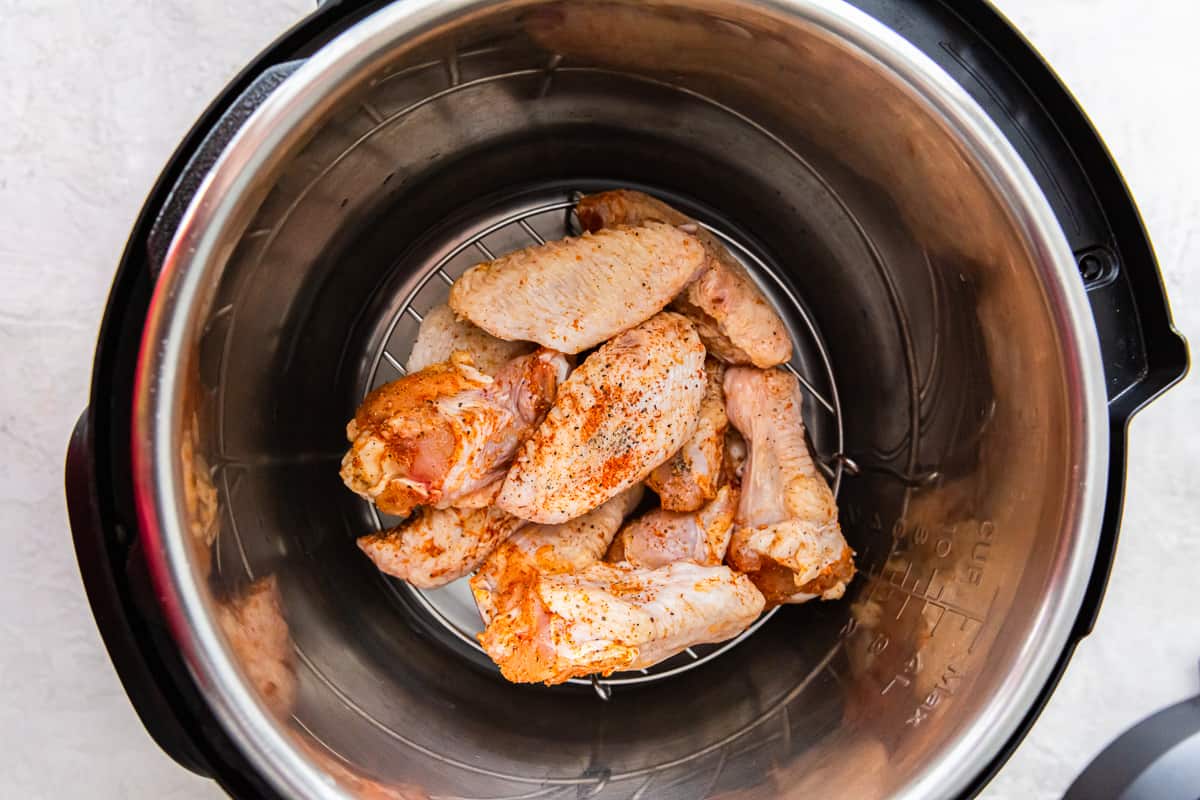
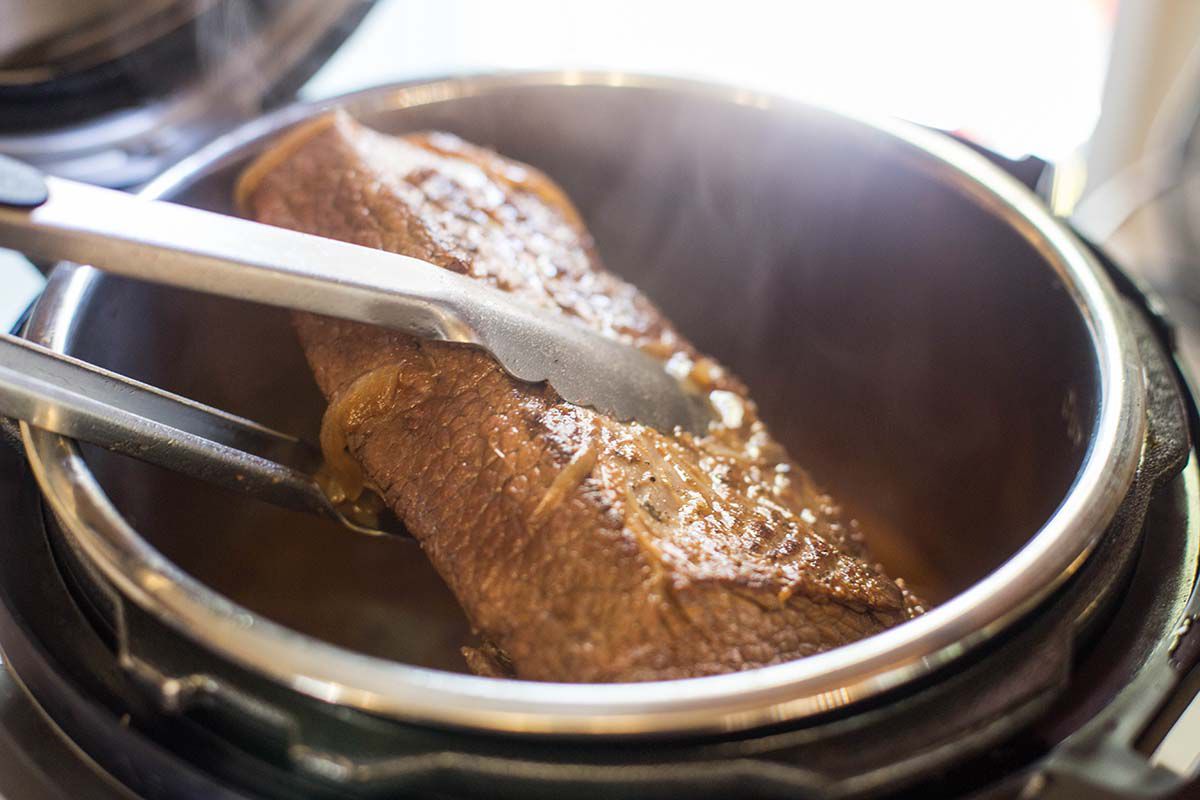
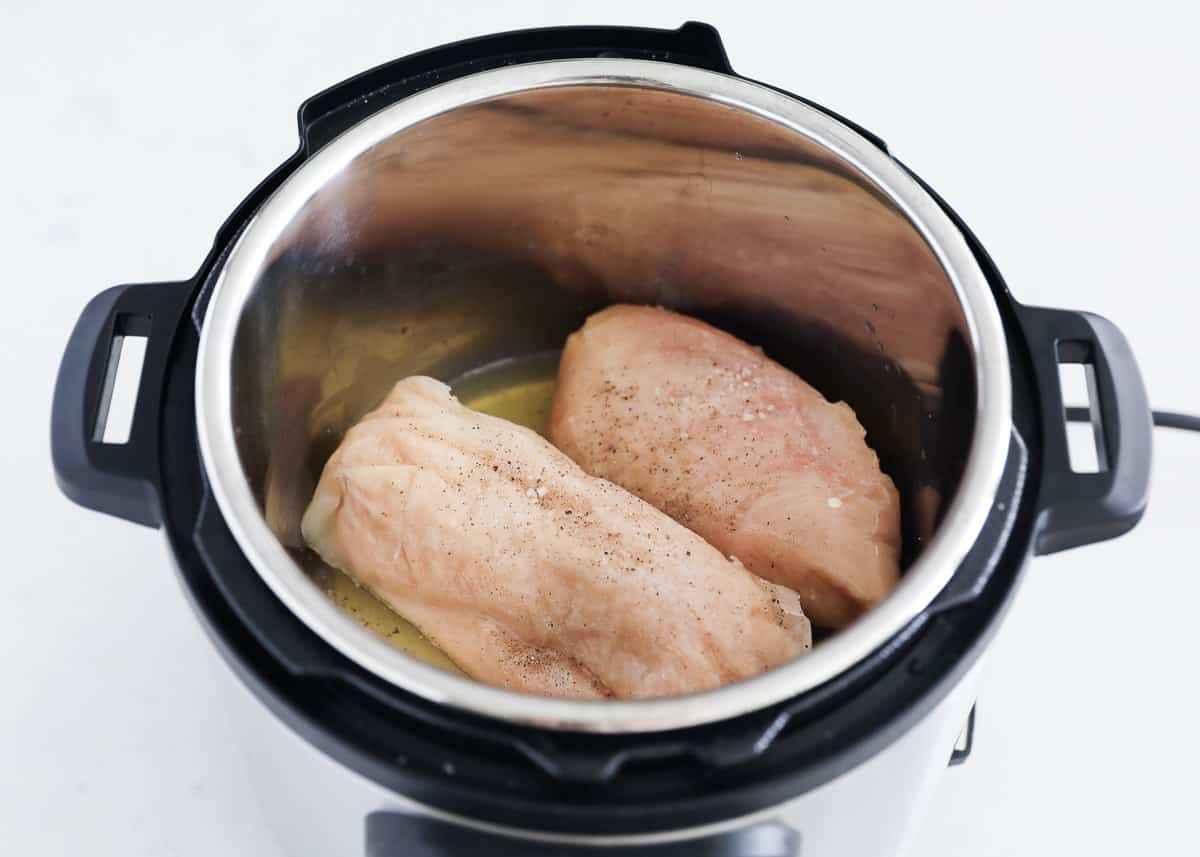
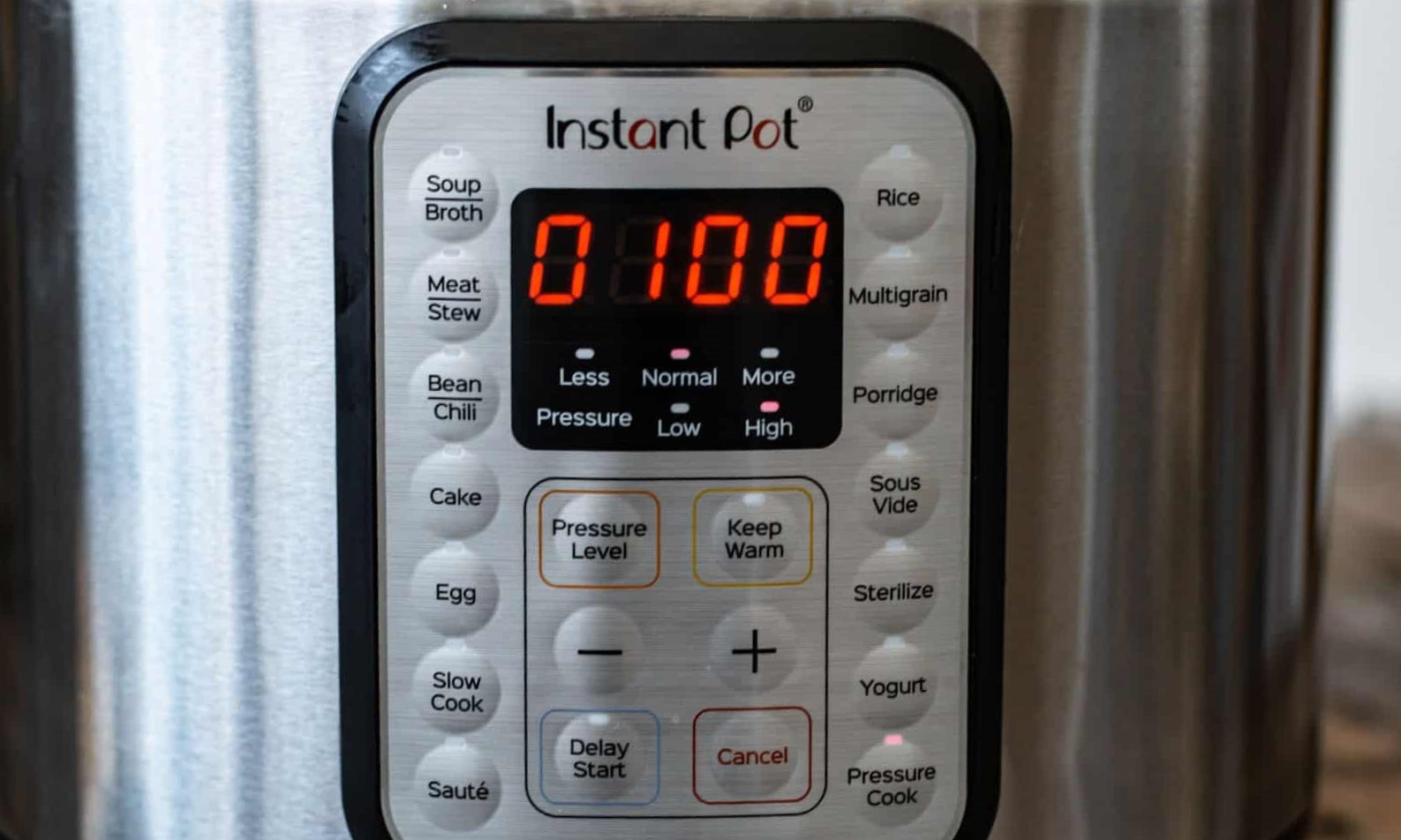
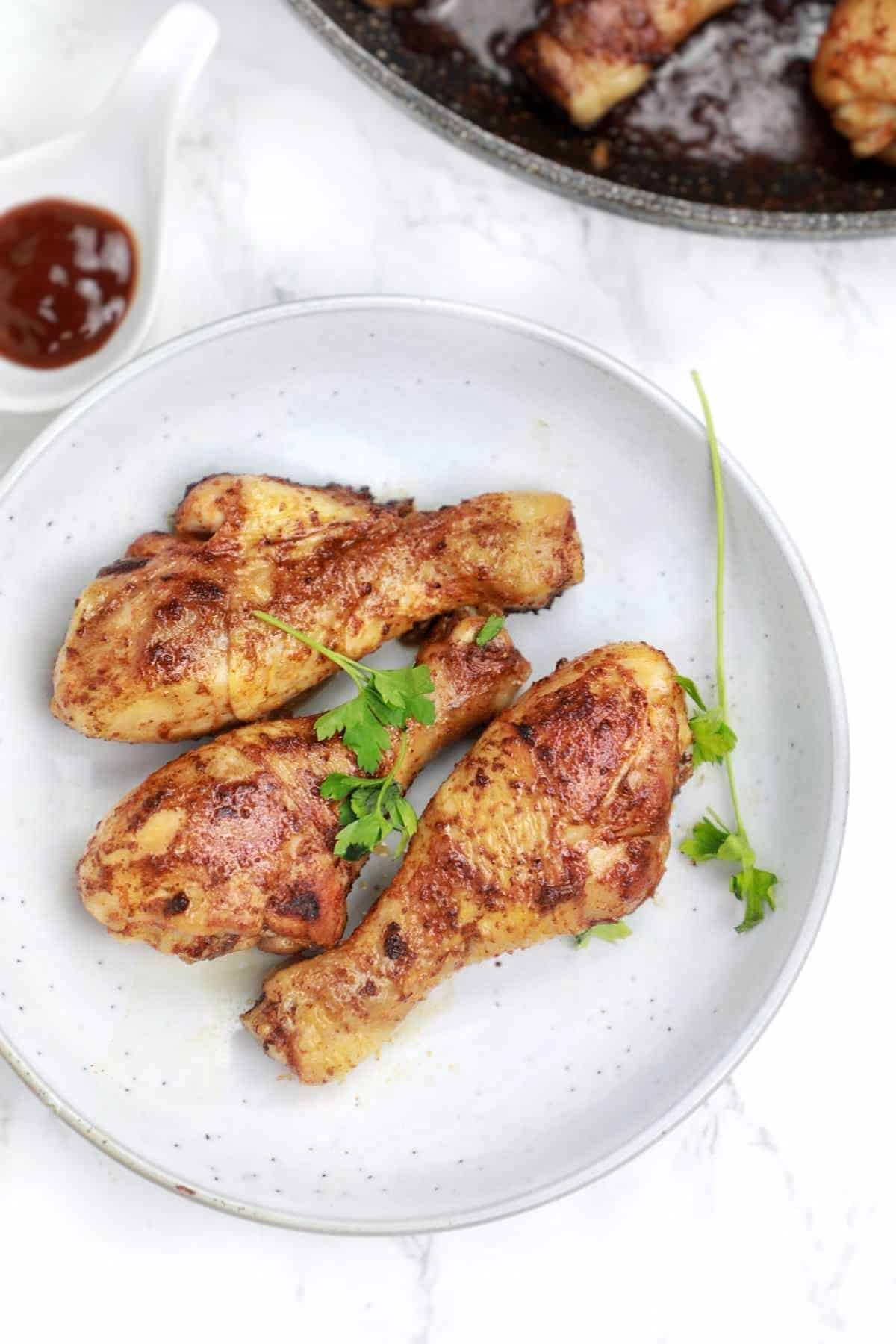
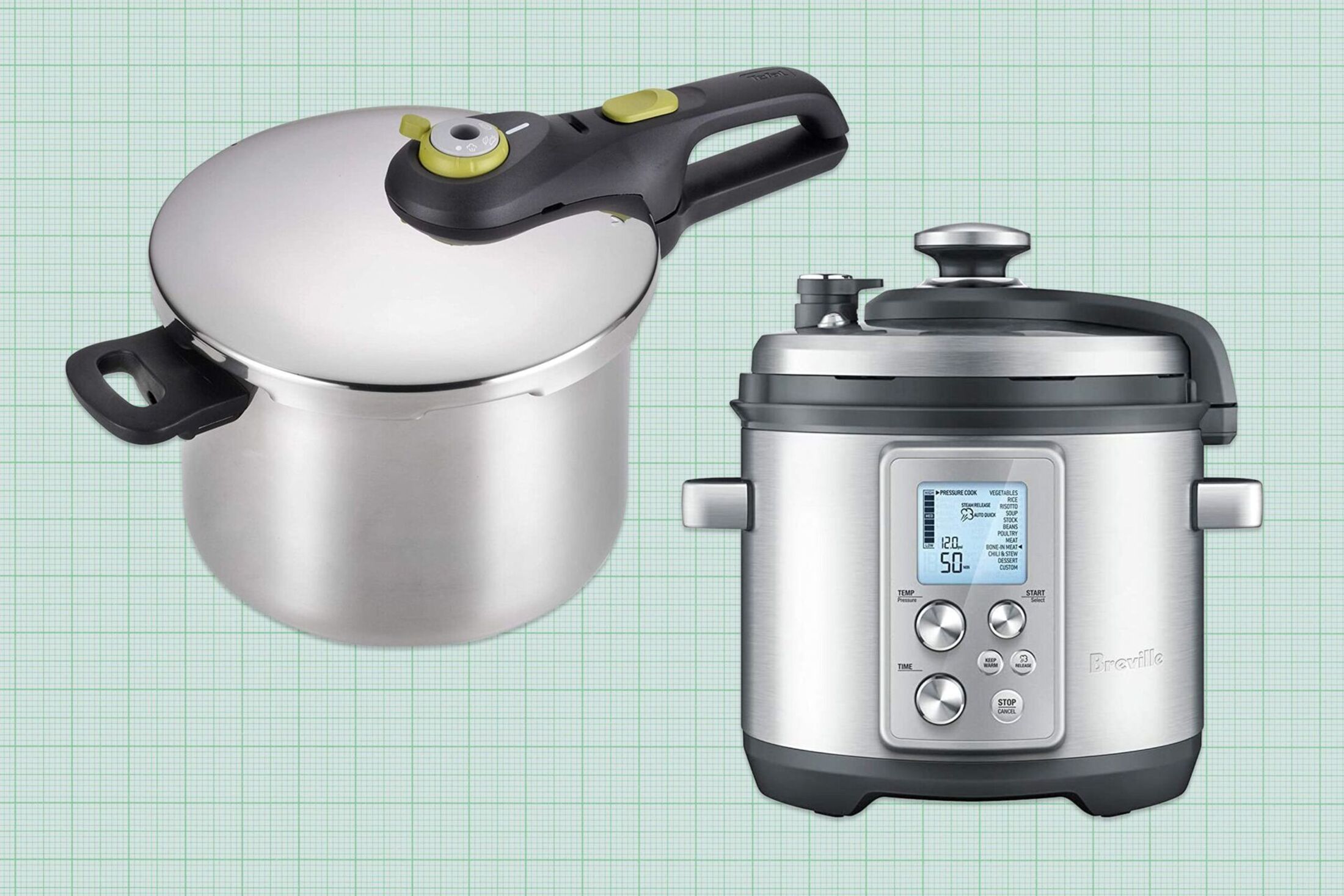
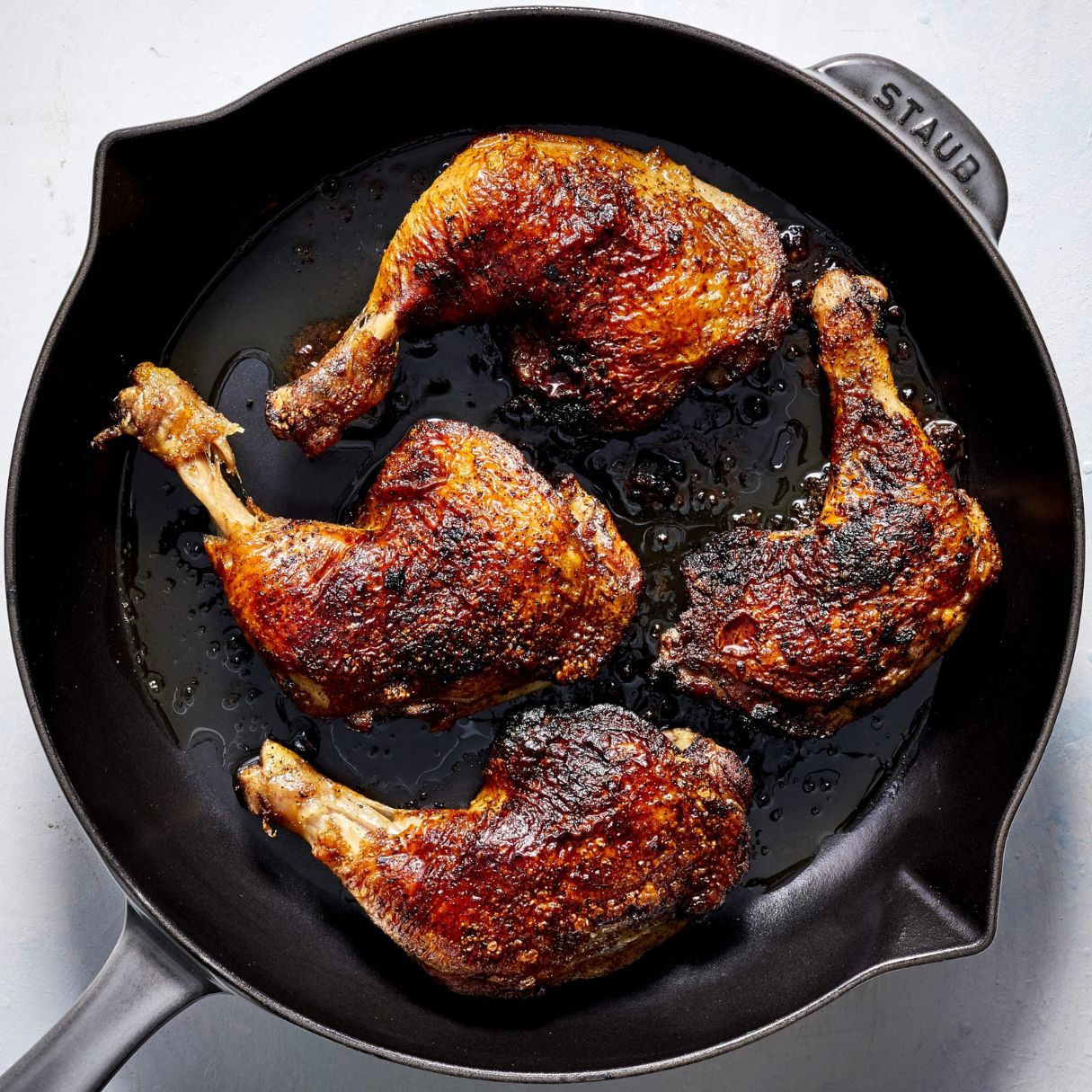

0 thoughts on “How Much Water To Use In Electric Pressure Cooker To Cook Chicken Legs”